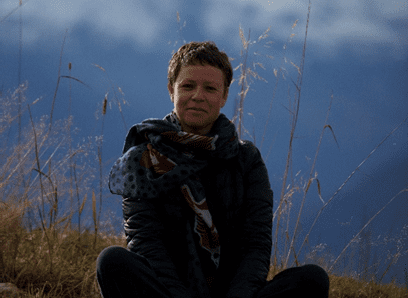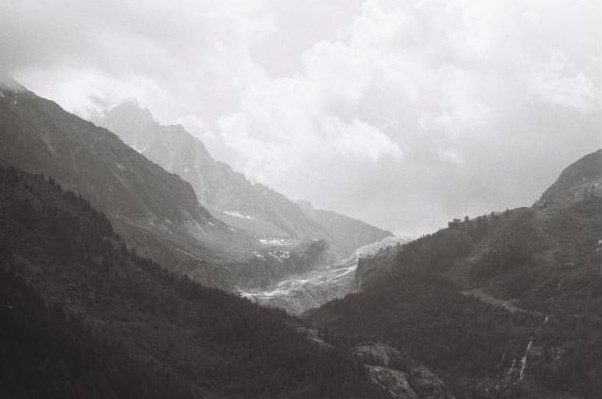
The wolves came back to the Alps after 100 years. The humans weren’t ready.
Dr Claire Galloni d’Istria, who joined our Border Lab Summer School in Bishkek, has spent over a decade documenting what happens when nature refuses to stay where we put it. Her research across the Northern Alps, spanning Italy, France, and Switzerland, reveals how the return of wolves and bears has become about much more than wildlife conservation. It’s about who gets to decide what belongs where.
As a postdoctoral fellow at the University of Geneva and member of the Visual Laboratory, Claire brings institutional weight to work that bridges academic rigour with artistic vision. Her role as an Intergovernmental Platform on Biodiversity and Ecosystem Services (IPBES) expert advising the Swiss government demonstrates how her research translates into policy conversations at the highest levels. Yet it’s her approach, using photography as both research method and artistic practice, that sets her work apart.
Claire’s lens captures moments when carefully maintained boundaries collapse. Farmers find livestock killed. Hikers encounter bears on familiar trails. Communities that organised their entire way of life around the absence of large predators suddenly have to share space with them again. Her camera doesn’t just document these encounters; it reveals the deeper negotiations happening beneath the surface.

Photo credit: Claire Galloni d’Istria
Her recently published book, Qui a peur du Grand méchant loup? (available in open access), shows how the wolf has become a mirror for deeper anxieties about control and coexistence. While policy makers debate management strategies, Claire’s research reveals something more fundamental: communities learning to live with beings they can’t control or predict.
In Bishkek, Claire brought this Alpine perspective to conversations about borders across Eurasia. Her work challenges border studies to think beyond human-drawn lines, to consider how nonhuman actors reshape the very concept of territory. Climate change has accelerated these encounters, making the Alps a laboratory for questions that extend far beyond Europe. Really, how do we live with “others” we can’t manage or control?
Claire’s artistic practice runs parallel to her research. Her photography has and is still being exhibited at contemporary galleries and museums across Switzerland, from Ruine Gallery to the Geneva Arts Spaces Biennale to a year-long exhibition at Bagnes Museum. Each frame documents these negotiations as they happen, capturing the moment when established orders meet unpredictable realities.
The Alps have indeed become a frontier where traditional sovereignty meets ecological sovereignty. And Claire’s work suggests that the borders shaping our future aren’t necessarily the ones we draw on maps, but the ones that emerge when the nonhuman world stops asking permission.